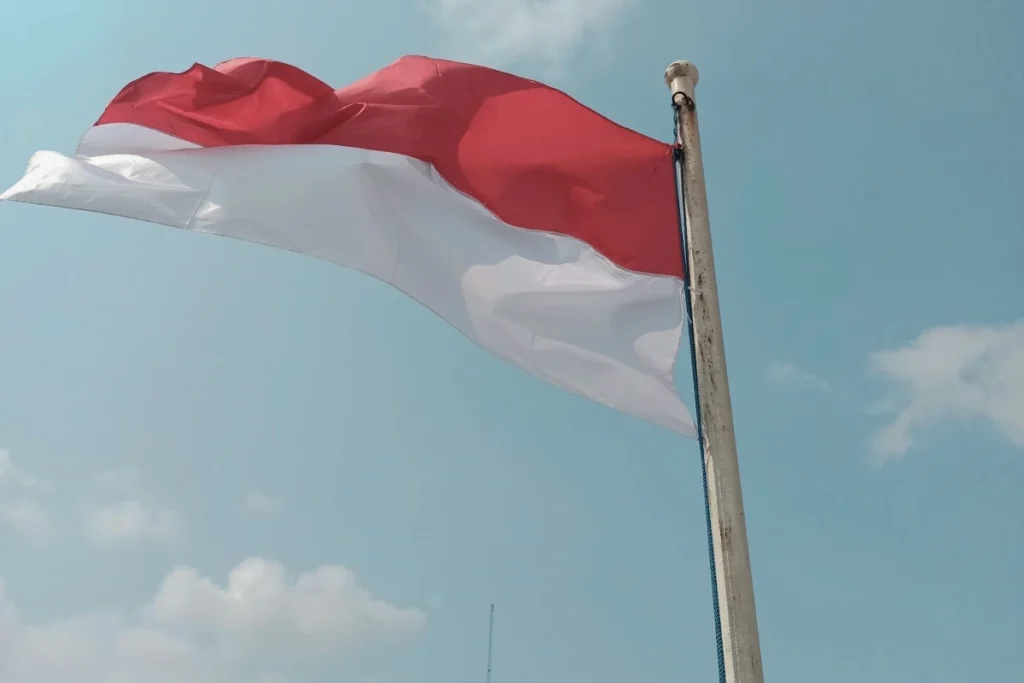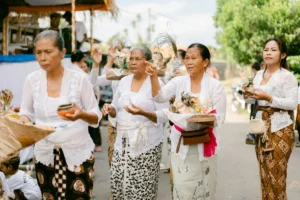Every August, the red and white flag flutters across archipelagos and alleyways. There are parades, sack races, and echoes of “Merdeka!” shouted from schoolyards to state halls. But behind the fireworks and festive chaos lies something deeper—a quiet, powerful story of resilience.
This Independence Day, we step beyond the usual fanfare to rediscover the meaning of merdeka through unexpected corners of history and memory. From rare archives to unsung heroes, these are stories that deserve a second telling.
Table of Contents
Toggle1. The Proclamation That Almost Didn’t Happen
17 August 1945. It was a Friday. Sukarno was sick with malaria. Hatta had just returned from negotiations in Dalat. The Japanese were in retreat. The Allies were in the air. There was pressure. There was fear. And still—they declared it.
The Proklamasi wasn’t read in a grand hall. It happened at a modest house on Jalan Pegangsaan Timur 56, Jakarta. Typed with urgency, read with conviction, and witnessed by a handful. No television crews. No internet. Just courage, ink, and a microphone.
Today, that house no longer stands. But the words echo louder than ever.
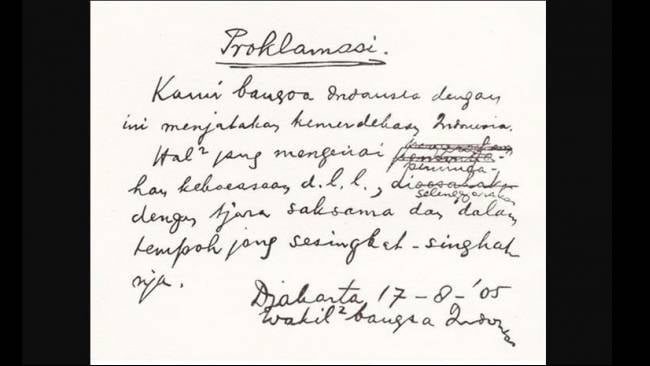
2. Forgotten Faces, Unwritten Names
While Sukarno and Hatta gave the speech, thousands risked everything behind the scenes. From underground youth movements in Yogyakarta to women smuggling coded messages in laundry baskets—Indonesia’s independence wasn’t just declared, it was defended.
Ever heard of SK Trimurti? She was a teacher turned resistance fighter. Or Laksamana Malahayati, the Acehnese naval commander who fought colonials centuries before independence was official. These stories rarely make it into textbooks—but they’re stitched into the nation’s soul.
3. The Rituals of Merdeka, Reimagined
Today, the spirit of independence lives on—in communities finding ways to preserve heritage while adapting to now.
You’ll find it in a teenager raising the flag in a rural village with his grandfather’s uniform. A woman baking red-and-white klepon as a tribute to her great-grandmother. In street artists painting murals of national heroes reimagined in denim jackets and Batik headwraps.
Independence, it seems, isn’t always political. Sometimes, it’s personal.
Where to Reconnect with the Past
Top 3 Museums in Indonesia That Bring History to Life
1. Museum Nasional, Jakarta
Known as the Elephant Museum, this is the heart of Indonesia’s historical archive. Think: bronze-age relics, ancient scripts, and rooms that breathe the evolution of Nusantara. A must for anyone who wants to see the bigger picture.
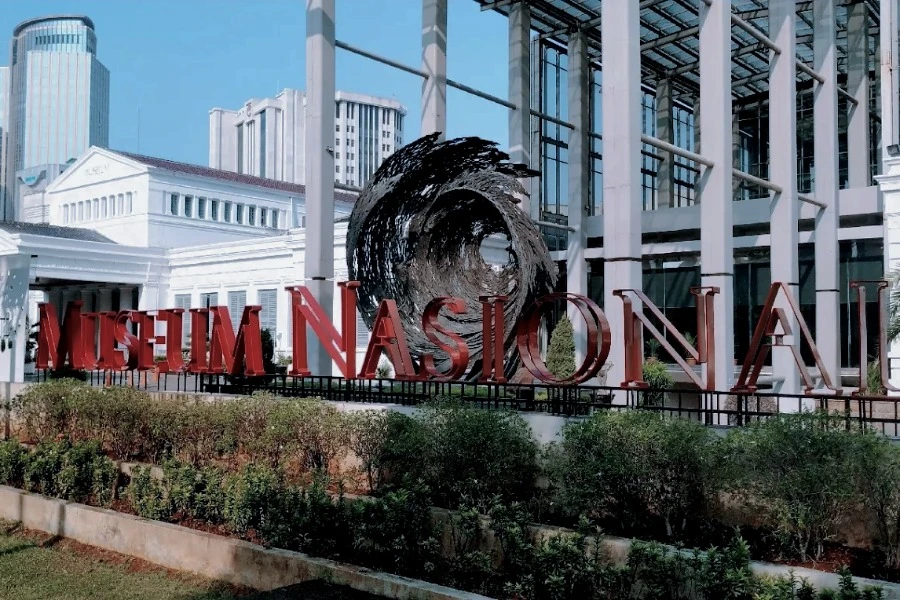
2. Museum Sumpah Pemuda, Jakarta
Not just about youth, but about unity. The famous “One Nation, One Language, One Homeland” oath of 1928 was birthed here. Come for the vintage posters, stay for the goosebumps.
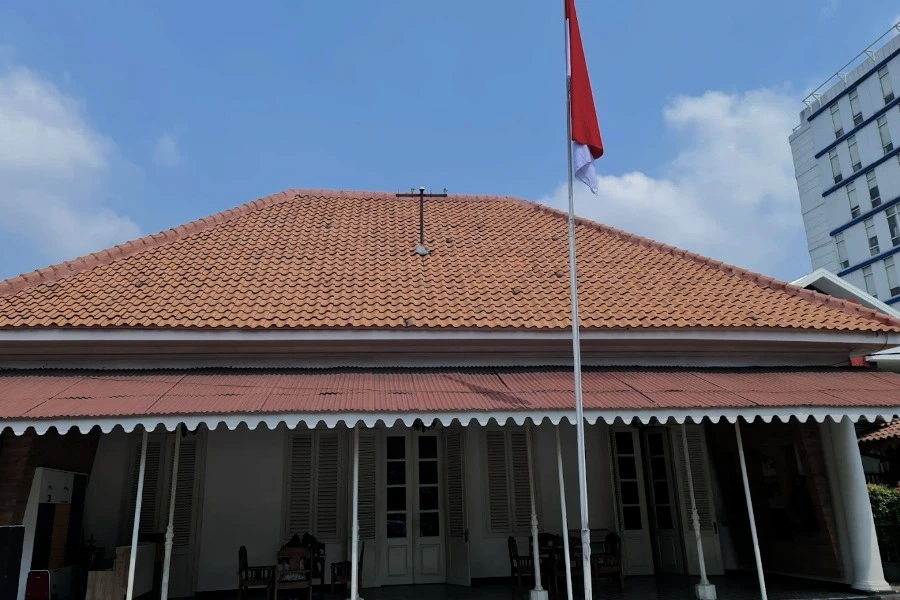
3. Museum Ullen Sentalu, Yogyakarta
Quietly nestled in Kaliurang’s misty highlands, this museum tells the story of Java’s royal women and the cultural shifts that shaped the region. It’s intimate, artistic, and unlike any other.

So, What Does Merdeka Mean in 2025?
This Independence Day, fly the flag high. But also take a moment to listen—to the quiet heroes, the dusty archives, the stories we haven’t yet told. Because freedom isn’t just celebrated.
It’s remembered.


